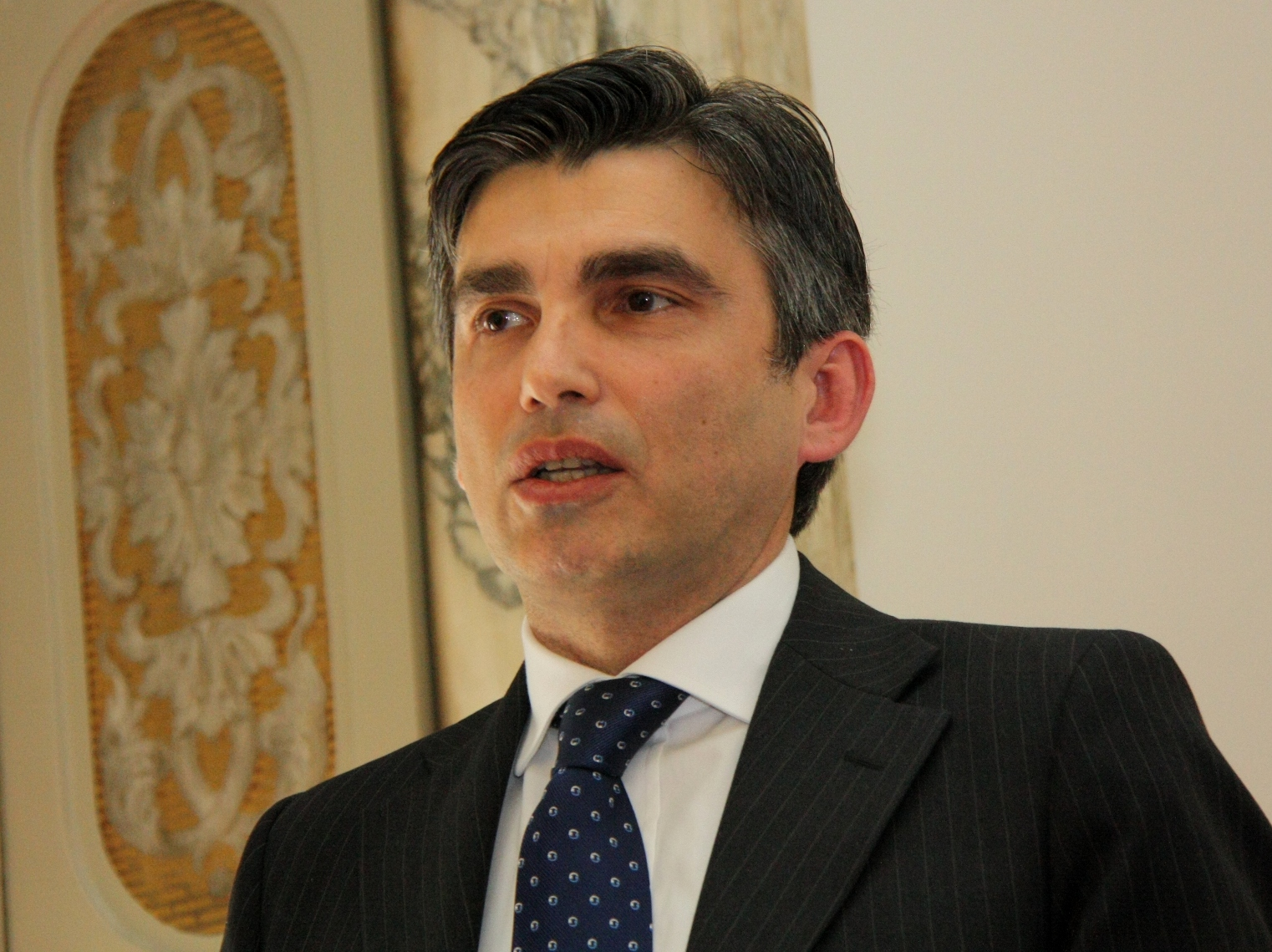
However, this increase was not enough to make a significant leap forward in the ranking of the 30 Worldwide markets analyzed in the WIR.
To negatively affect the experience of the Italians, as well as for most of the other countries are especially customers of Y Generation, namely people born between 1981 and 2000. This segment of the population shows levels of the positive experience of about 20 percentage points, lower than average.
These customers have high expectations and compare the experience of buying and insurance service with that of other sectors. They tend to more frequently interact with companies compared to the average, and also tend to do this by using all channels available, although they preferred digital ones.
The companies are still struggling to relate to these new generations of people. Every time the Companies do not pay due attention to “digitally enhanced” customers of Y Generation, the first are in danger of pushing the latter towards an ever growing segment of new competitors, non-traditional and technology-driven.
Customers of Y Gen use, as mentioned, all the channels available to them. Indeed, this is one of the most interesting points on which the 2016 Report focuses. If it is true, in fact, that the Y generation preferences are mainly addressed to digital channels (up to 2.5 times the interactions on social media and more than twice on mobile devices compared to the rest of the population), while these clients use also the traditional channels (agents, brokers, banks or telesales).
They are therefore, and in the most proper meaning of the expression, true multi-channel customers. This is the kind of experience they call on companies: the ability to switch from between channels seamlessly, naturally and according to the lifecycle of the relationship and needs of the moment.
Thus, for example, these new customers may want to make an offering on a digital channel, ask for specific advice through a physical channel, and then finalize the purchase again on a digital channel.
Most of the Companies intend to exploit the potential of the IoT quickly, especially with regard to smart car, smart home and wearable. The same are less optimistic about the possibility that the driverless car will quickly prevail and this is at odds with the views of insurance customers.
We approach a model where products and insurance services will be more and more customized thanks to the data provided in real time by the device that the same customer will communicate to its own insurer. More transparent risks, more personalized products. Not only. Insurers, thanks to an accurate and up to date knowledge of what is happening on the insured good or person will be able to enter rewarding/penalizing systems, in order to “push” their customers to take on good habits, changing the behavior.
Finally, insurers will be able to have an active role in risk reduction, and not only passive in a typical compensatory rationale, establishing a completely different relationship with its customers.
Our report highlights how the same insurance clients surveyed, consider the Companies, reliable enough to play a larger role in risk management.
There are also new developments regarding the concept of “ownership” risk: the “shared economy”, where the best known example is that of the “car sharing”, it is clear that the responsibility for any damage passes from the owner of the property to the user.
Another interesting example leads us in another direction: the “driverless car” transfer the risk from the owner of the vehicle to the manufacturer. Equally, a “smart appliance” that taking independent decisions causes damage calls into question the manufacturer rather than the owner or user.
Surely some business lines that are “Retail” (personal lines) will become “Corporate” (Commercial Lines).
The situation of companies in Italy is diversified. As for the IoT technologies related to the car (for example, the black box) some Italian players, among them UnipolSai, have invested in these technologies for many years, reaching leadership positions in Europe.
In non-auto business, the position is different. It is true that products related to the home with the so-called white-box (devices able to detect intrusion, flooding, presence of fumes and gases) and to wearables (in particular bracelets, able to intercept a fall in addition to vital data such as the heart rate, are rising rapidly in the market.).
Projects of products for companies operating in construction or in the energy field, where the price of risk of the activities of workers, is linked to the effective use of safety devices (eg “smart” helmets or gloves that communicate if worn properly or not), begin to be present).
In terms of strategies for the future, surely there is a lot of attention by the Companies to strengthen the skills on “data & insights”. The prerequisite to benefit from the IoT technologies is the ability to process large quantities of data in a short time.

